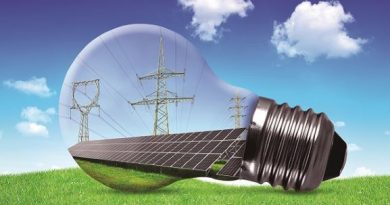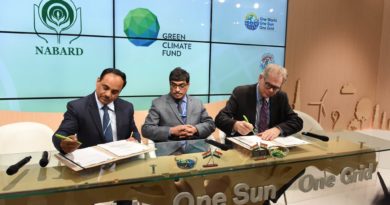As Floating Solar Crosses 1 GW Landmark, Bigger Possibilities beckon
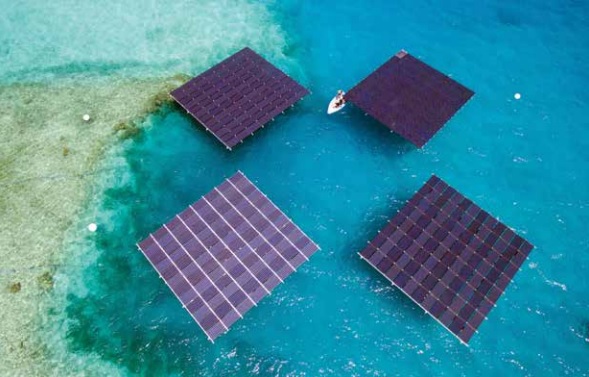
According to the first report on floating PV from the World Bank and Solar Energy Research Institute of Singapore (SERIS), ‘Where Sun Meets Water’, global floating solar installations as of September 2018 had reached 1.1 GW. A monumental increase from just 10 MW at the end of 2014. With justified use of the word monumental, for once. The report further goes on state that floating solar, even under the most severe constraints has the potential to reach a total of 400GW. Roughly the total capacity of all solar photovoltaic installations worldwide at the end of 2017.
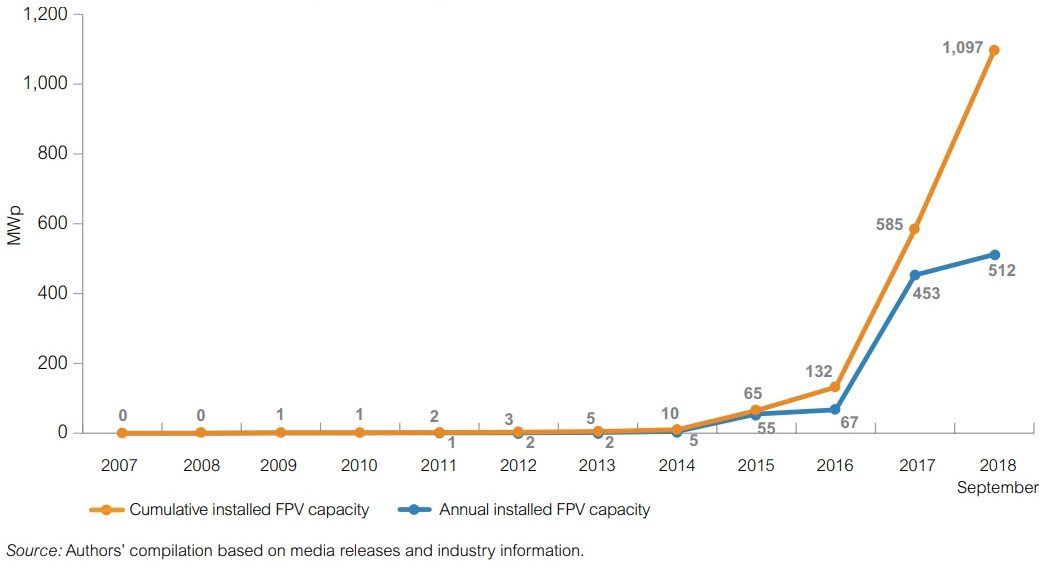
No land? No problem. Our NEW report shows how floating #solar panels on water can help countries bypass space issues and power forward with clean #electricity generation: https://t.co/Hu20vD8Te5 #endenergypoverty pic.twitter.com/IX79xZZjiJ
— World Bank Energy (@WBG_Energy) October 31, 2018
According to the report, floating solar also complements existing hydropower infrastructure. Suggesting that by covering just 3-4% of the reservoir of a dam with floating solar panels can in turn almost double the electricity generation capacity of the dam. In addition, combining hydropower and solar power outputs can help smooth the variable nature of solar power. The technology can also help manage periods of low water availability by using solar capacity first and drawing on hydropower at night or during peak demand.
Riccardo Puliti, Senior Director, Energy and Extractives World Bank, said “Floating solar technology has huge advantages for countries where land is at a premium or where electricity grids are weak. Governments and investors are waking up to these advantages, and we are starting to see interest from a wide range of countries in Africa, Asia and Latin America. We fully expect demand to grow for this technology and for floating solar to become a larger part of countries’ plans for expanding renewable energy. It will be important to ensure that best practices are shared among countries and development minimizes any environmental impacts.
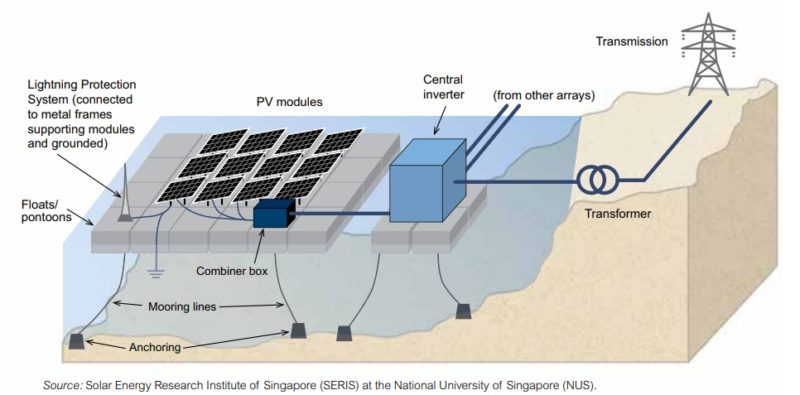
The greatest advantage of floating solar is that it avoids land acquisition and site preparation issues associated with traditional solar installations. In some cases, floating solar allows for power generation to be sited much closer to areas where demand for electricity is high. Making it an attractive option for countries with high population density and competing uses for available land.
Plants with capacity of tens and even hundreds of megawatts have just recently started to come up in China, with more planned in India and Southeast Asia. The first plant larger than 10 MWp was installed in 2016, and in 2018 the world saw the first several plants larger than 100 MWp, the largest of which is 150 MWp (Three Gorges). Flooded mining sites in China support most of the largest installations. India of course has been struggling to get its own 150 MW plant going at Rihand Dam. With the emergence of these new markets, cumulative installed floating solar capacity and annual new additions are growing exponentially and will continue to grow at the current pace, said the report.
A very interesting possibility that is likely to arise with floating solar, considering the mix of technology improvements, is the possibility of using this as a viable off grid option, where possible. Simply because both for Hydro, especially mini Hydro, and floating solar, power evacuation is a major challenge frequently, making a case to integrate or use floating solar for such areas.
Although, a considerable capacity of floating solar auctions and additions are happening India, the sector still is at a very nascent stage in the country and lacks any key, big market local developers. The firms involved in the floating solar development in the country as of now are mainly european and Chinese firms. JSW Energy, part of the Jindal group is the first Indian energy company really looking to the enter the sector and making a big impact.
Read: ReNew Power snaps up 3MW floating PV Tender in Vishakhapatnam

